- Pool Cleaning
- 2 likes
- 27324 views
- 0 comments
Things that are cared for last longer - it may be a cliché and everyone knows it, but every item requires different maintenance. While with everyday items such as shoes, clothes or glasses, everyone knows how to clean and maintain them, it can be a problem with others. After all, not everyone is a gardener and not everyone knows how to look after a garden. Likewise with swimming pools, they too require specialised care. We'll teach you how to look after your pool after the season, before the season and how to combat algae and cloudy water.
- The outdoor swimming pool should be prepared for wintering
- It is a good idea to clean frame and inflatable pools according to the manufacturer's instructions.
- Chemicals are the basis of pool cleanliness, there are formulations for different types of dirt
- The basis of pool care is systematic and conscientious chemical and mechanical cleaning
Contents
- Cleaning the pool after the season
- Cleaning the pool after winter
- How to clean a garden pool
- How to clean a swimming pool of sediment and scale
- Cleaning the pool when the water becomes cloudy
- Cleaning the pool of sand
- How to clean a swimming pool of algae
- Not just pleasures, but responsibilities
- FAQ - Questions and answers
Related articles

Pool vacuum cleaners - everything you need to know
Time is money, and in this age of a rushing world, it is hard for us to find a moment even for ourselves. That is why people are making life easier for themselves. These days, swimming pool hoovers seem to be indispensable for keeping a swimming pool clean quickly and easily.
Read moreCleaning the pool after winter
Several months without filtration, water movement and use of monthly measures. We can imagine what might have happened to the tank. However, it is getting warmer outside and one would like to enjoy relaxing in the water already. So how do you clean your pool after the winter?
The reverse process as for preparing for winterisation. Start by cleaning visible dirt. Use a brush and a net to fish out the dirt on the surface. A lot of tarnish and other deposits may have accumulated over the winter. If you haven't covered the pool, there are bound to be leaves and other 'debris' that may have got in there with the wind.
The next step will be to connect the appliances that have been tucked away for the winter to the system. The circulation pump, heat pump and filters can return to their place when the temperatures are higher outside the window. Once this step is done, we can top up the water to the appropriate level and turn on the equipment to start the filtration and water circulation process.
The final step will be to adjust the water parameters. When starting up the pool, it is a good idea to carry out shock chlorination to get rid of any micro-organisms from the 'old water' and clean the 'new' water.
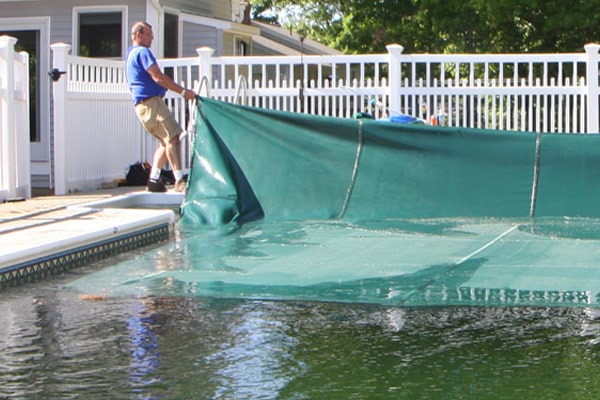
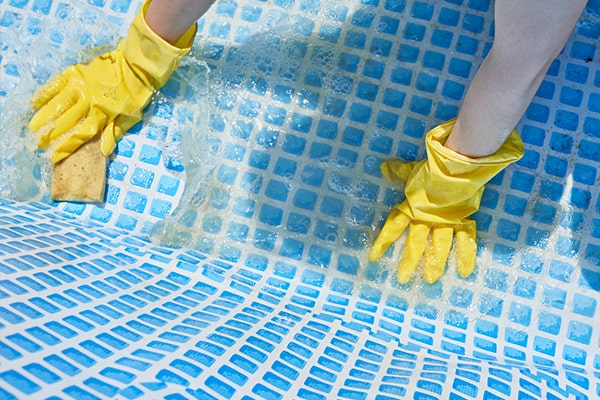
How to clean a garden pool
The above tips and information apply to professional outdoor pools, which require special care as they do not "hide" like garden inflatable and frame pools. Therefore, clean your garden pool in this way:
In order to clean the pool thoroughly, it is best to drain the water completely. Don't let the miser in you speak. The water bill, will be much less than the cost of a new pool when this one gets damaged. You can use the water to water your flowers, but wait until the chlorine in the water has completely oxidised to avoid damaging your beds.
After emptying the water, the inside of the pool should be thoroughly cleaned of any sediment, dirt and deposits that have formed during use. Only then should the pool be stored in a dry, warm place. Failure to do this can lead to bacterial growth and the formation of mould. In some cases, water and cleaning fluid may not be enough. There are special pool cleaners available. For delicate pool parts, it is a good idea to use soft sponges and cloths.
It is worth taking a look at the user manual provided by the pool manufacturer. A lot of valuable information on cleaning and maintenance appears there. Manufacturers indicate which chemicals are safe and which should be avoided. A well-maintained garden pool will last for years.
Useful products
Spray do czyszczenia linii wody i obrzeży basenów BORDNET SPRAY 1L BAYROL
Środek do czyszczenia basenu z kamienia, osadów wapnia i rdzy DECALCIT SUPER 1L BAYROL
Środek do czyszczenia basenu z kamienia, osadów wapnia i rdzy DECALCIT SUPER 3L BAYROL
How to clean a swimming pool of sediment and scale
Water has many minerals in it. Their precipitation and deposition is a natural process. Dirt is so persistent that it clings to its surface very well. Anyone who has had the opportunity to clean their shower cubicle and bathroom fittings knows this. Fortunately, there are special preparations that make it easy to clean the surface of the pool of limescale and lime deposits.
Some of these are very strong and contain hydrochloric acid, so read the leaflet for information on the use of such a preparation before use. Regardless of the formulation, it is applied in the same way. An appropriate amount is applied to the surface. Depending on the manufacturer, several minutes are allowed. During this time, the product dissolves scale and deposits. Finally, the surface is cleaned with a brush and rinsed with water.
Środek do czyszczenia basenu z kamienia, osadów wapnia i rdzy DECALCIT SUPER 3L BAYROL
Środek do usuwania kamienia i zanieczyszczeń z filtra basenowego DECALCIT FILTER 1KG...
Cleaning the pool when the water becomes cloudy
Cloudy and milky coloured pool water is a sight that no one wants to see. Fortunately, the problem is widespread and very familiar, and this means that cleaning the pool when the water becomes cloudy is not secret knowledge. The milky colour occurs when there is fine suspended dirt floating in it. There can be two reasons for this.
Turbidity occurs when the coagulation agent is not used. Some of the impurities floating in the water are too fine to be caught by the filtration system. Therefore, a physical process called coagulation is required. This is done with a special preparation that breaks up fine particles of pollutants into larger clusters that the filter is able to retain. The water should then become clear.
The second cause may be too much chemical. Stop dosing this amount of preparations and clean the water according to the standard procedure. Manually clean the basin, measure the pH of the water, adjust it to 7-7.4, apply flocculant and filter the water. In this situation it is also worth cleaning the filter, which may also be dirty.
See all the products that will help combat cloudy pool water
Cleaning the pool of sand
Sand in water is one of the types of dirt that is very easy to clean. Its particles are so large that filtration can handle it without any problems. Using a pool cleaner will also be effective. There are manual and automatic vacuum cleaners on the market. Both types will cope with this kind of dirt at an express pace.
Automatic Robotic Swimming Pool Cleaner ZODIAC CNX 30 iQ
Pool hand vacuum set with hose, pole and brush MEGAPOOL
Handheld vacuum cleaner for swimming pool and Jacuzzi SPA VAC PARADISE
Expert Advises!
It is worth considering the source of the sand. It may have been deposited by bathers, but it may also have come from a damaged sand filter.

How to clean a swimming pool of algae
Algae in the pool manifests itself as a green colouring of the water. This is enough to effectively discourage swimming. This happens when the pool owner's responsibilities are neglected and the care of the water and pool basin is inadequate. The appearance of algae in the pool means that there is a bit of work ahead in terms of restoring cleanliness.
First of all, you should start by cleaning the filter and carrying out shock chlorination. This involves exceeding the normal chlorine dose several times. Special preparations are used for this. At the end of the whole procedure, a "mechanical" cleaning of the pool basin awaits us. This can be done with brushes and a pool hoover. In addition to green water, an additional symptom of algae in the pool is a slippery residue on the bottom and walls of the pool. Mechanical cleaning will get rid of the residue.
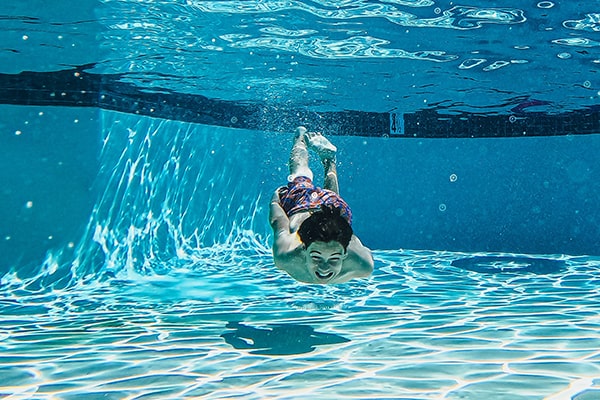
Not just pleasures, but responsibilities
The water in a swimming pool needs special care if it is to be pristine. It's not made any easier by people swimming in it, but that's what a pool is for. So it needs to be cleaned regularly with chemicals and brushes. This is the only way to ensure long and safe fun. The procedure itself is not difficult and requires no specialist skills. The key to success is regularity and diligence. In water, reactions happen very quickly and unfortunately it is not always possible to "wait".
In theory, you don't have to and you can only clean the pool in spring, but it is worth doing. It will make your job easier when you open the pool. Don't forget the winterising agent, though.
There are special products for cleaning this type of dirt. We recommend Bordnet Spray or HTH Waterline Cleaner.
If you have a special winter cover then yes, it is worth covering the pool. However, it must not be an ordinary solar film that will sink under the weight of, for example, snow.
If the water has turned brown soon after adding chlorine and the walls are not slippery, this means that there is a lot of iron in the water. Use Metal Magic to precipitate the iron out of the water.
FAQ - Questions and answers
Zapytaj specjalistę POOLSYSTEM.PL

Tomasz Tomkowicz
Pool Technology Specialist
Thank you for reading our article, if you have more questions or need more specialized help - write to me using the form.
Look for answers in our knowledge base
Jestem bardzo zadowolona z usług tej firmy. Każdy nam odmawiał pomocy, nawet firma montująca basen. Pool system zjawił się i doprowadził basen sprzed paru lat do stanu używalności, co więcej dokonał napraw uszczelniających co spowodowało ze basen stał się w pełni sprawny. Naprawdę polecam !

Bardzo miła i sympatyczna obsługa oraz fachowe doradztwo techniczne.

Bardzo profesjonalna i cierpliwa obsługa. Odbierają telefony, wszystko dokładnie wytłumaczą, wysyłają praktycznie na drugi dzień każdą część którą potrzebuje klient. Pan Krzysztof z serwisu rzetelnie podpowie co zrobić i jak rozwiązać swój basenowy problem, jeśli chcemy majstrować przy basenie sami. Pan Paweł i Marcin też skarbnica wiedzy technologii basenowej. Dobre ceny. Polecam firmę i pozdrawiam zespół POOLSYSTEM

Jak budujesz basen to to miejsce jest dla ciebie, osprzęt, doradztwo i miła obsługa.

Super obsługa doradzi pomoże,ceny na duży plus .Polecam

Bardzo mili ludzie, to naprawdę profesjonaliści. Nie lubię zakupów, ale spotkanie z Nimi było bardzo przyjemne.






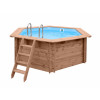
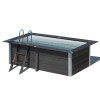
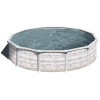
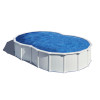
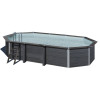
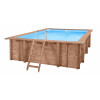
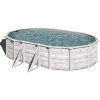
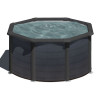








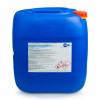
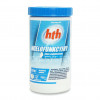
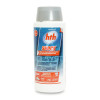
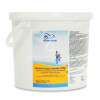
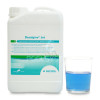
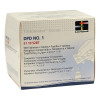










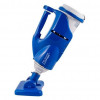




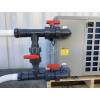
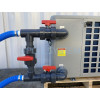
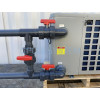











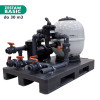
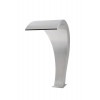
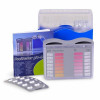
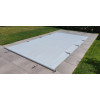

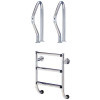










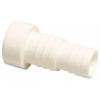
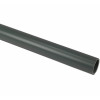
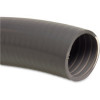
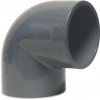
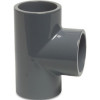
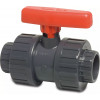
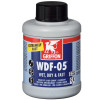
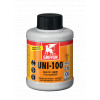







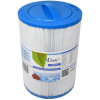
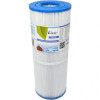
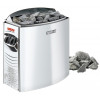


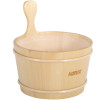



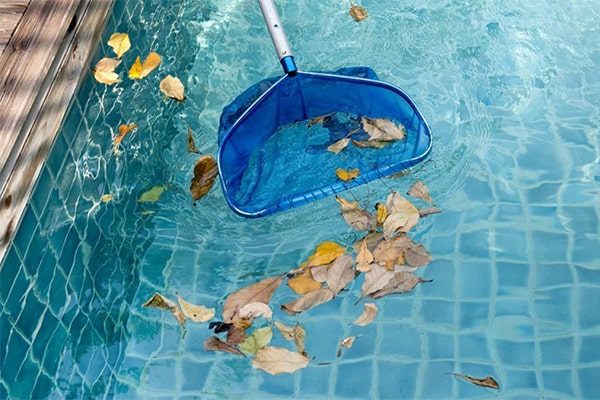
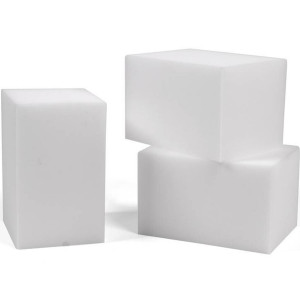

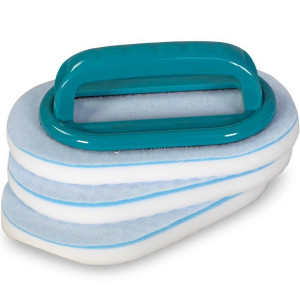

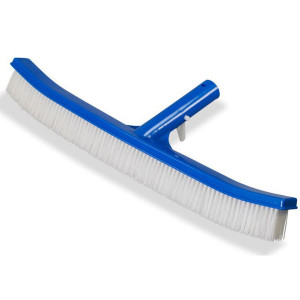

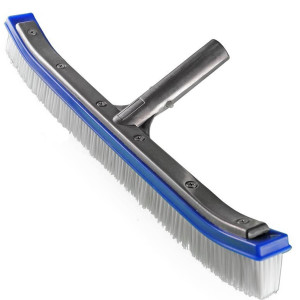

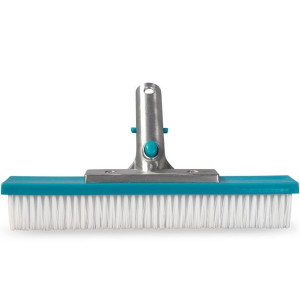

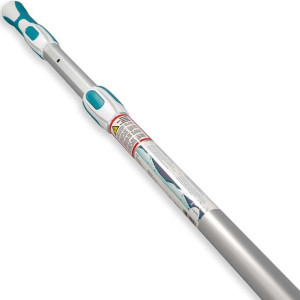

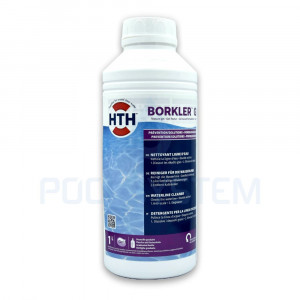

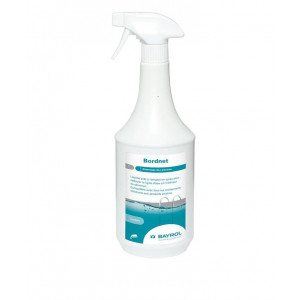
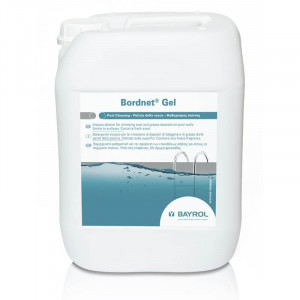
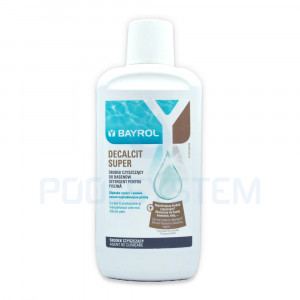

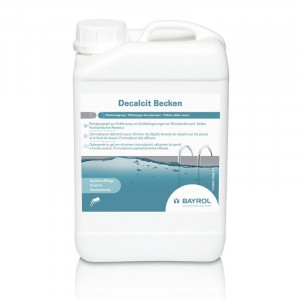

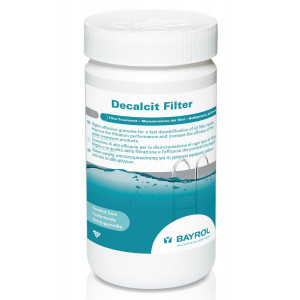
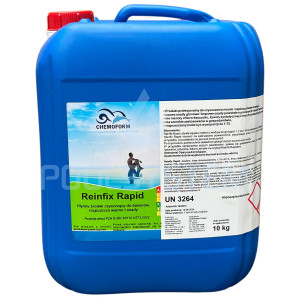
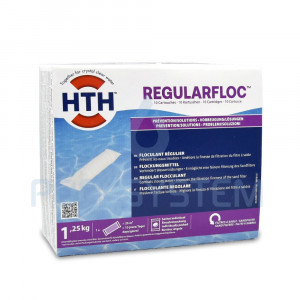

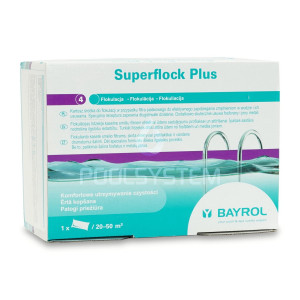

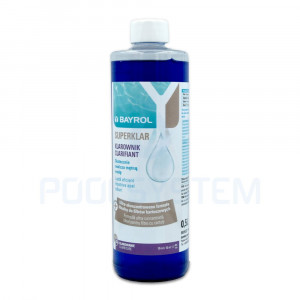


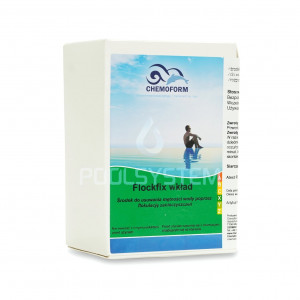



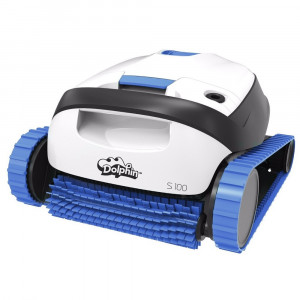















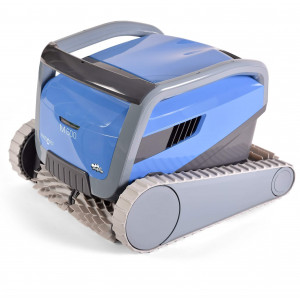



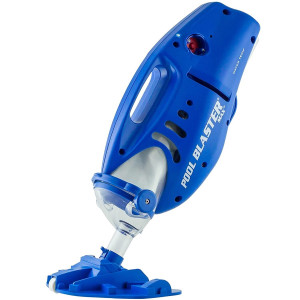

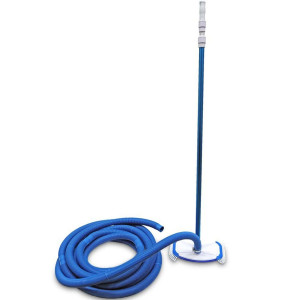

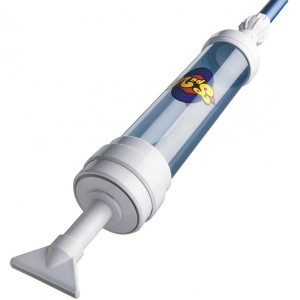


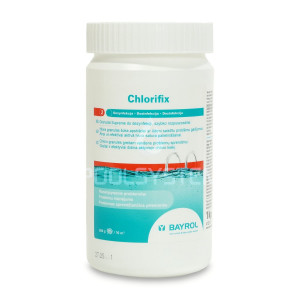

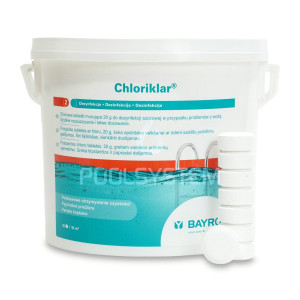

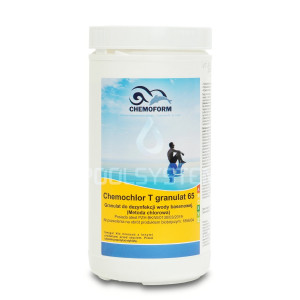

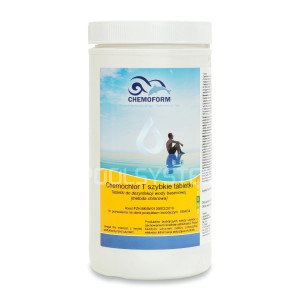

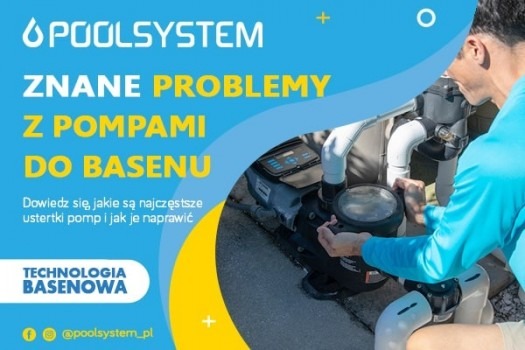
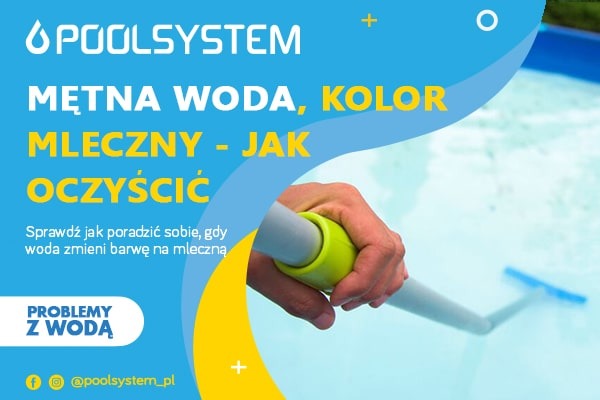

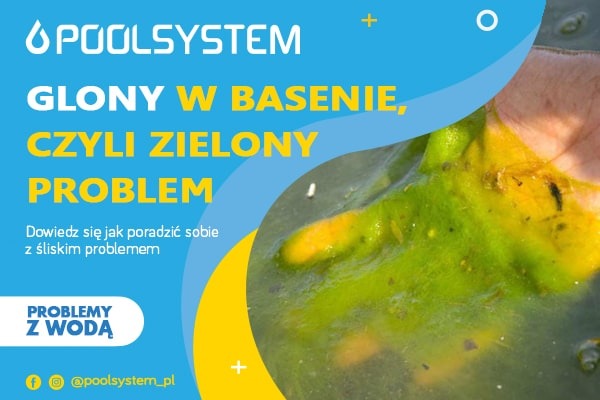
Comments (0)